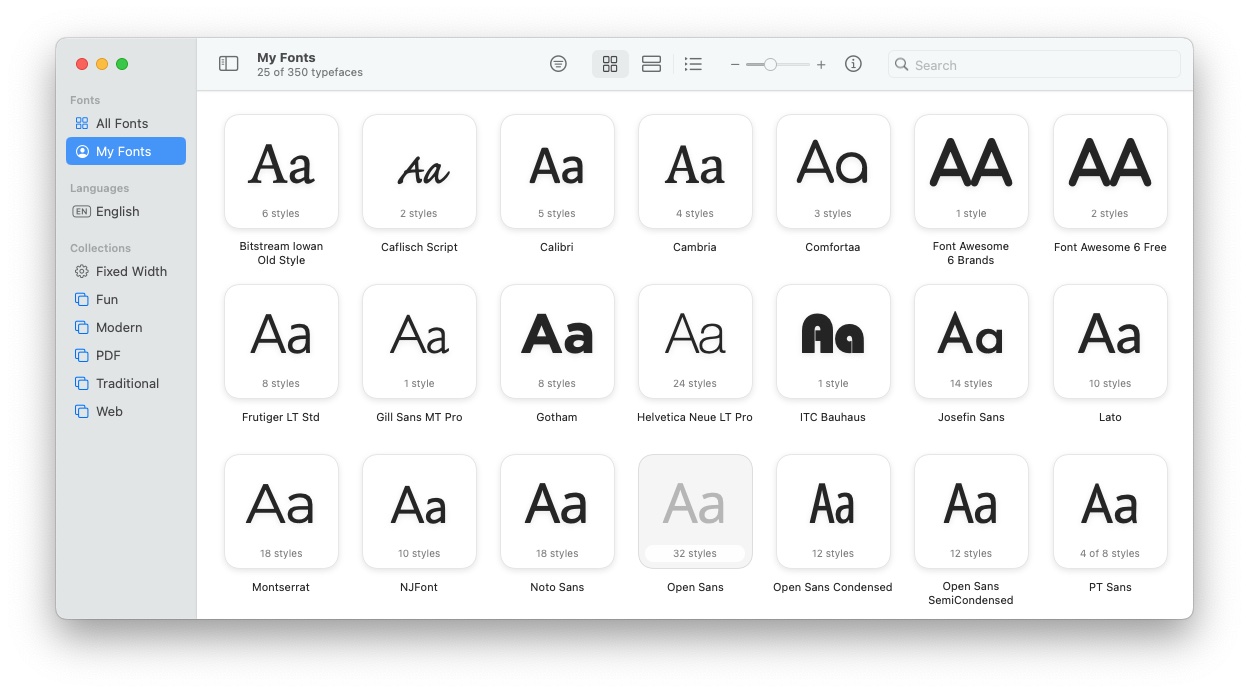Do you know your Postscript from your Truetype?


When it comes to font technology, there are three main categories: PostScript, TrueType, and OpenType. Each have their own unique characteristics and advantages, and understanding the differences between them is key to selecting the right font for your design project.
PostScript fonts were developed by Adobe in the 1980s and were the first type of digital font available. PostScript fonts are vector-based, which means that the letters and shapes are created from mathematical equations. This allows them to be scaled up or down without losing quality. PostScript fonts are also resolution independent, which means they look the same on both digital and printed media.
TrueType fonts were developed by Apple and Microsoft in the late 1980s. Unlike PostScript fonts, TrueType fonts are raster-based, which means they are composed of pixels rather than mathematical equations. This makes them less scalable than PostScript fonts and more susceptible to distortion at larger sizes. However, TrueType fonts are more common and come pre-installed on most computers, making them the default choice for digital projects.
OpenType fonts are the newest generation of digital fonts. They were developed in the late 1990s as a combination of PostScript and TrueType and are the most versatile font option. OpenType fonts are vector-based like PostScript fonts, but also include features such as advanced typography and support for multiple languages. This makes them perfect for any design project requiring a wide range of type options.
No matter which font you choose, understanding the differences between PostScript, TrueType, and OpenType fonts is essential for selecting the right font for your design project. Each type of font has its own unique characteristics and advantages, so it’s important to consider each type carefully before making a decision.